



















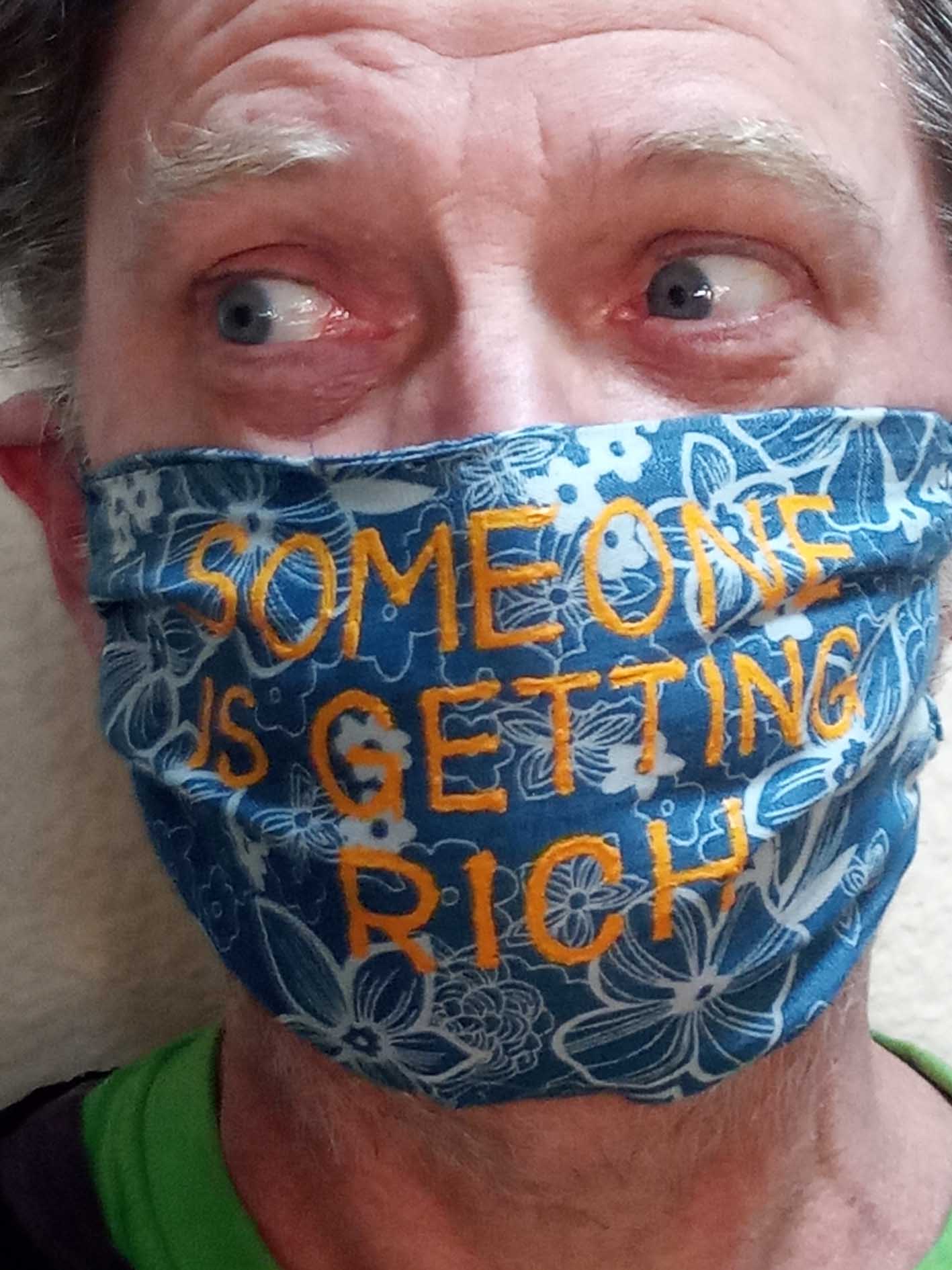



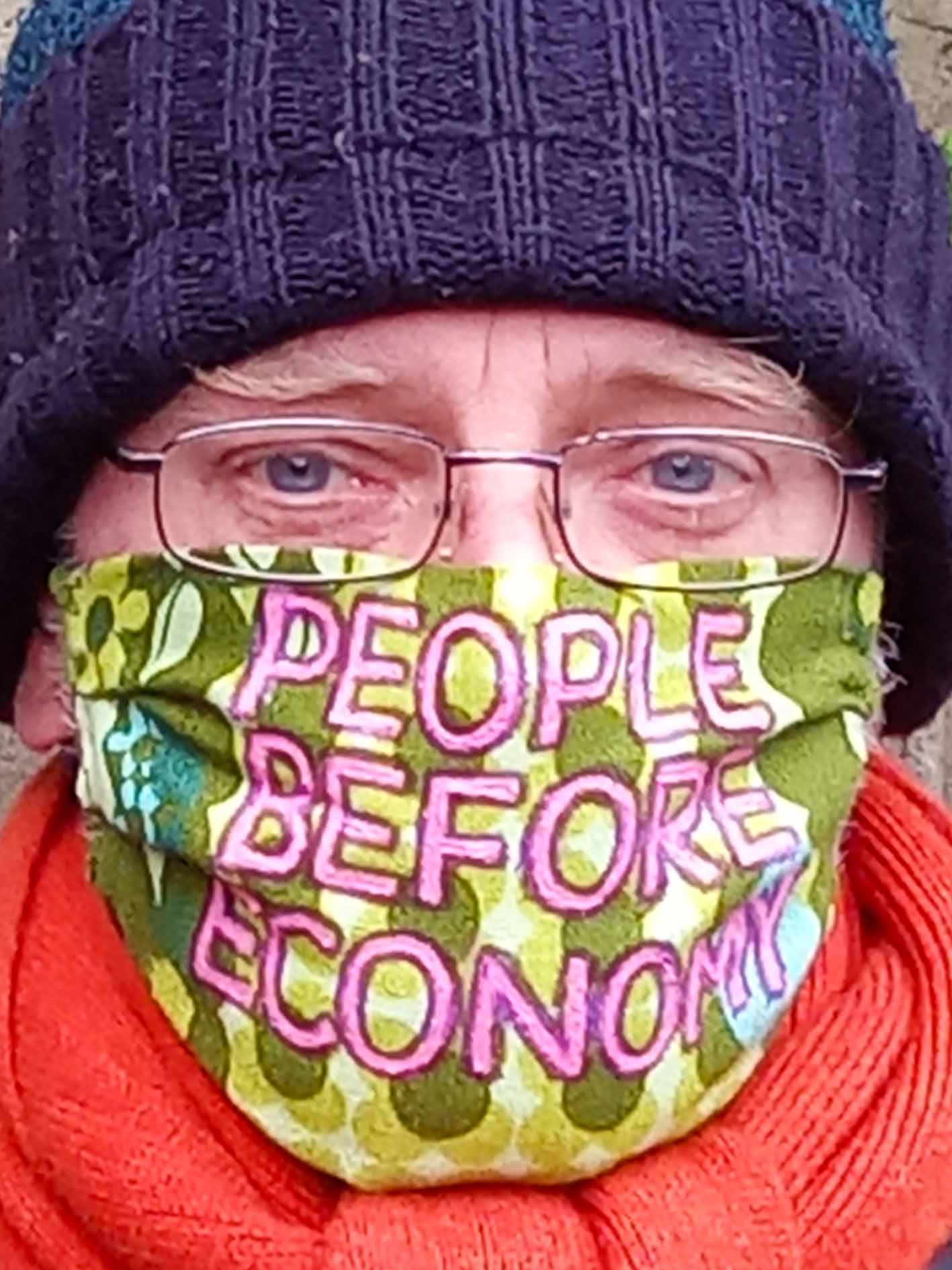















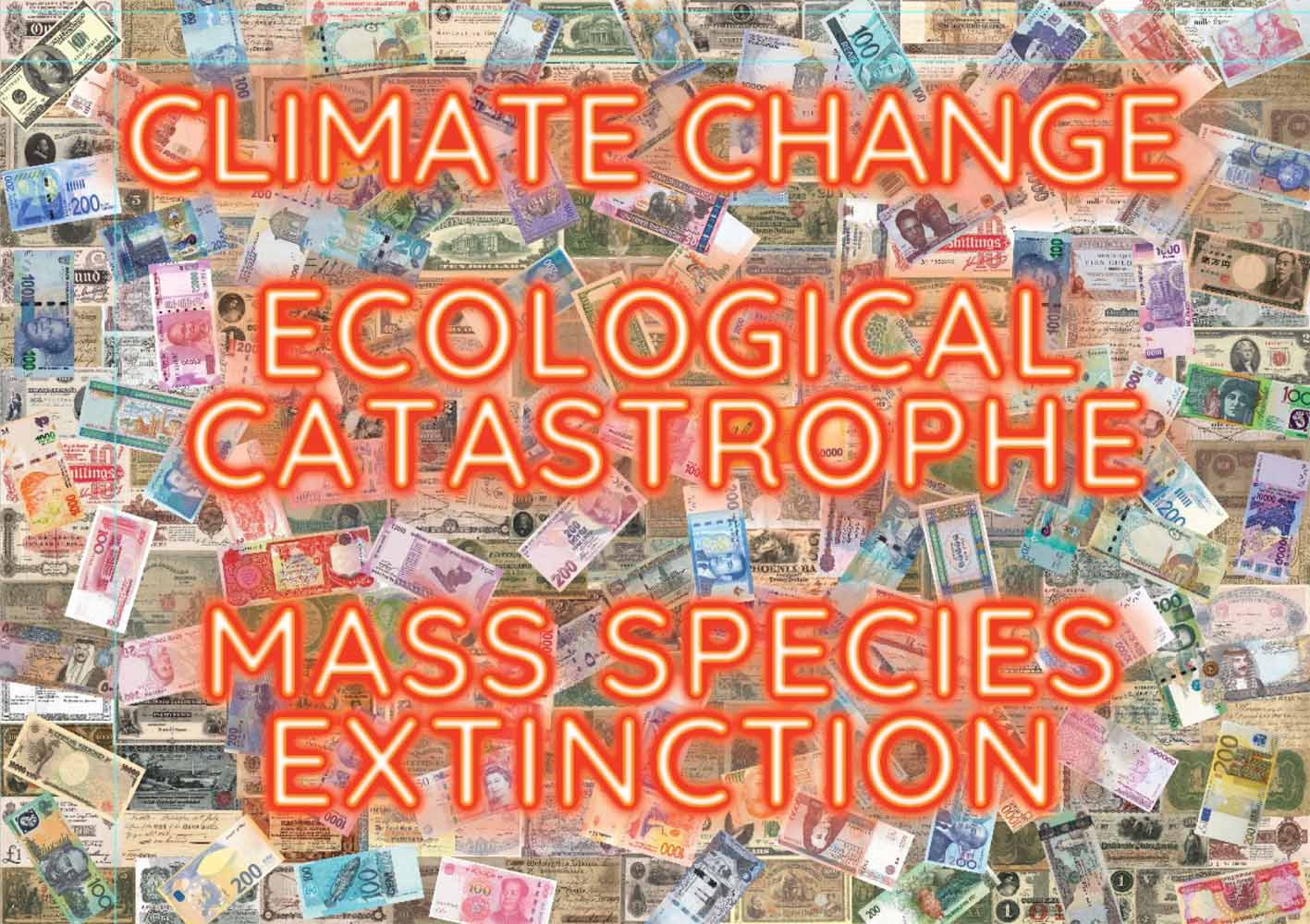




























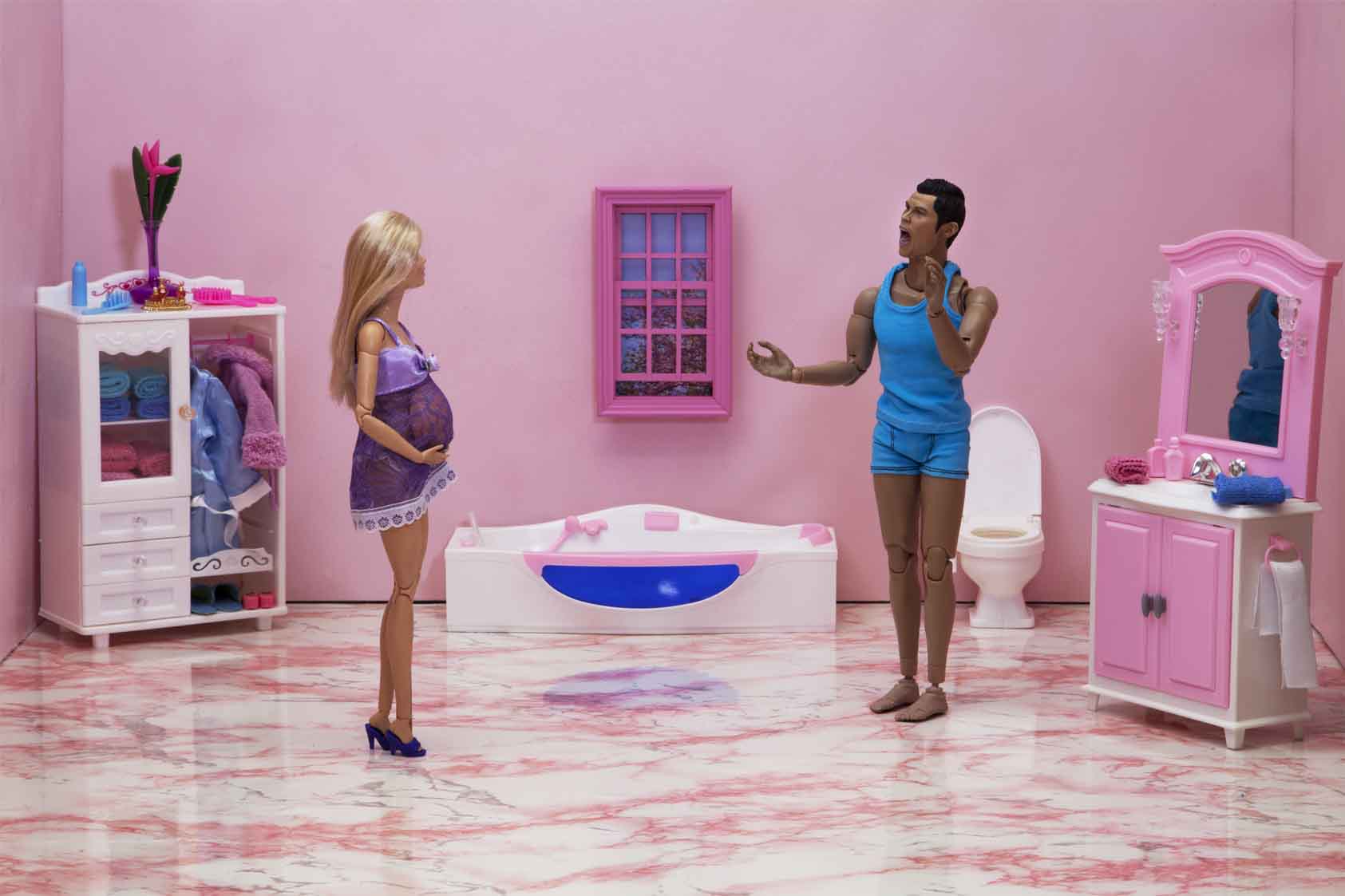





























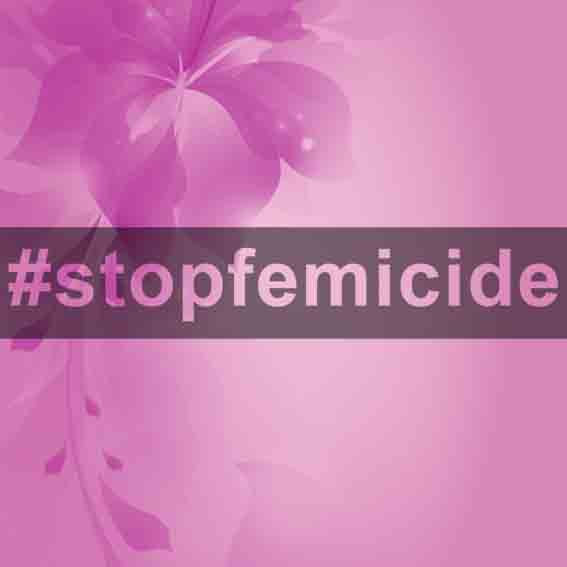





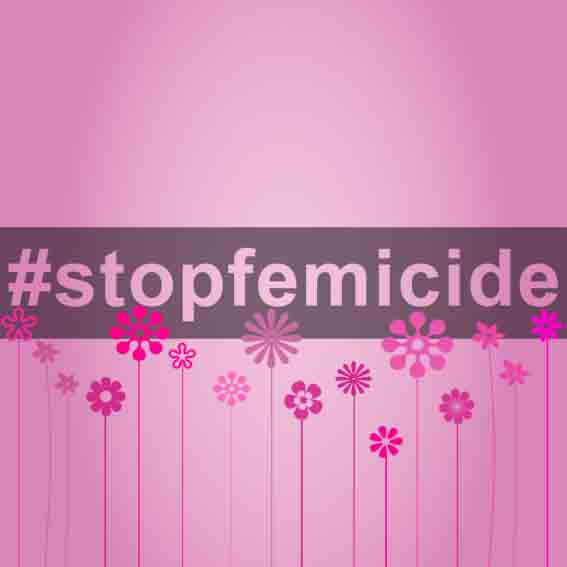



























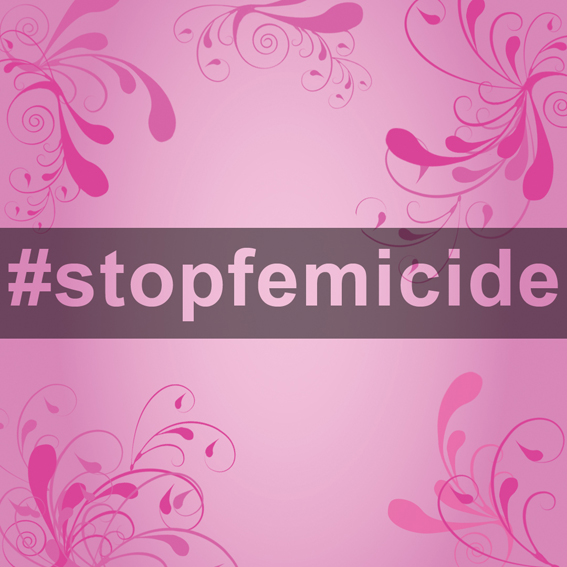













































A reflection on the long term consequences of family violence.
- Full work at https://www.youtube.com/watch?v=qG8AUKrdy_4 -
This work investigates the consequences that centuries of education, tailored by a patriarchal society, have given to generations of women making them loose their identity and sense of reality.






Urban political performance about human beings' state in this world of globalization.






This work, through three different stages, explores the connections between the human body, time, transformation, nature, matter and the emotions..






A combination of Italian tv images and world newspapers about 11 September 2001.
It seems as pertinent today as it was over 50 years ago.